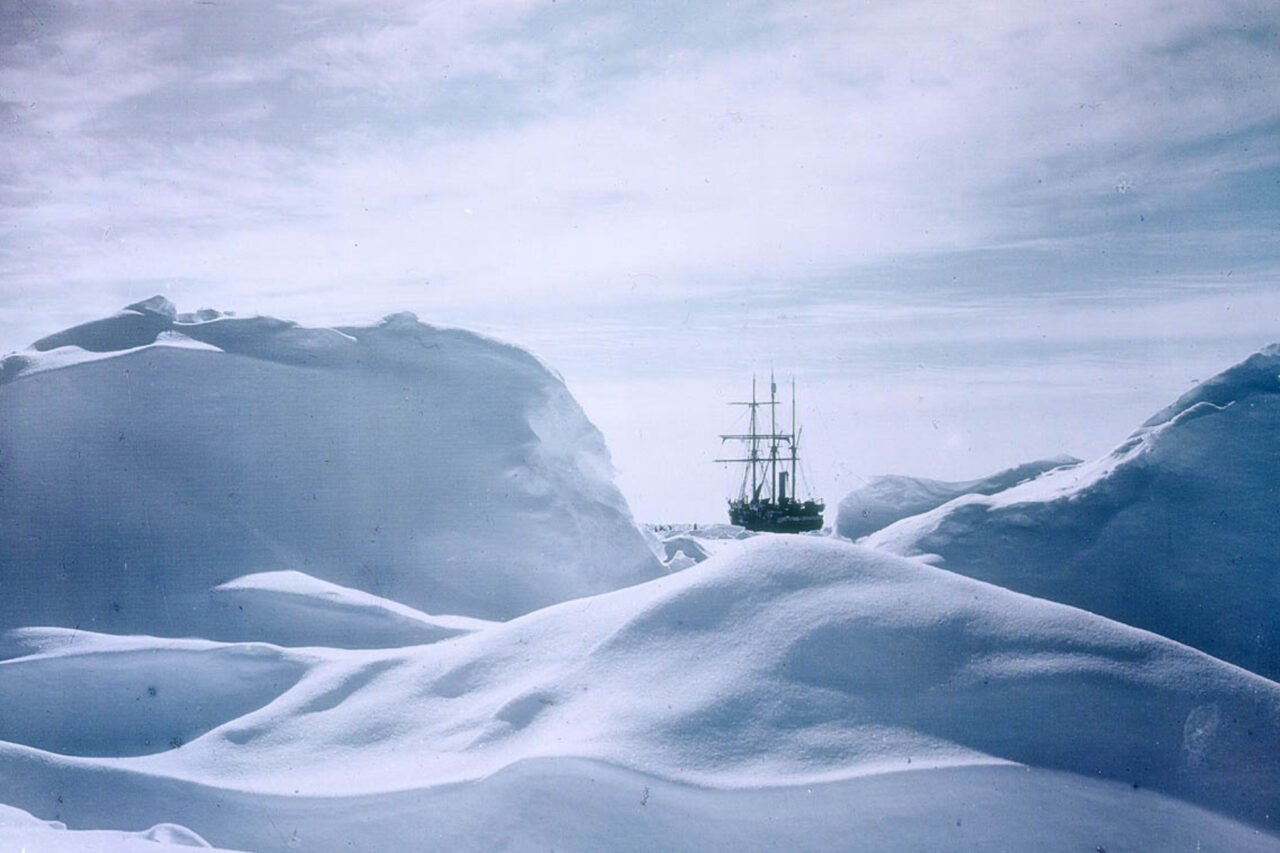A recent study has revealed insights into the structural integrity of the ship Endurance, famously associated with British polar explorer Sir Ernest Henry Shackleton and the harrowing survival story of his crew after their vessel sank in November 1915. Research conducted by Jukka Tuhkuri, a polar explorer and expert in ice mechanics from Aalto University in Finland, indicates that Endurance may not have been as robust as previously believed, and that Shackleton was aware of its weaknesses prior to embarking on his expedition.
The Imperial Trans-Antarctic Expedition, launched in August 1914, aimed to achieve the first overland crossing of the Antarctic continent. The plan involved a trek from the Weddell Sea across the South Pole to the Ross Sea. Unfortunately, Endurance became trapped in pack ice in early 1915, ultimately succumbing to the crushing pressure of the ice and sinking later that year. The 28 crew members survived on ice floes before making their way to Elephant Island. Shackleton and a small group then sailed approximately 800 miles (1,300 km) to South Georgia Island to secure rescue, which was successfully completed by September 1916 without any loss of life.
Tuhkuri’s findings challenge the prevailing perception of Endurance as one of the strongest polar ships of its era. He notes, “Even simple structural analysis shows that the ship was not designed for the compressive pack ice conditions that eventually sank it,” adding that the risks associated with moving ice were well understood at the time. The researcher questions why Shackleton opted for a vessel that lacked the necessary reinforcements to withstand such conditions.
Through a combination of technical analysis and archival research, Tuhkuri demonstrates that Endurance had several structural deficiencies compared to other early Antarctic vessels. He points out that the deck beams and frames were notably weaker, and the design of the machine compartment compromised the hull’s strength. “Not only does this challenge the romantic narrative that it was the strongest polar ship of its time, but it also belies the simplistic idea that the rudder was the ship’s Achilles’ heel,” he stated.
Despite delving into Shackleton’s diaries and personal correspondence, Tuhkuri has not reached a definitive conclusion on why Shackleton chose to sail with Endurance, especially given his awareness of its shortcomings. The explorer had previously expressed dissatisfaction about the vessel to his wife, even wishing for his former ship, which had performed better under similar conditions. Tuhkuri noted, “He had recommended diagonal beams for another polar ship when visiting a Norwegian shipyard. That same ship got stuck in compression ice for months and survived it.”
This research raises thought-provoking questions about the decisions made during the expedition. Was the choice of ship merely ill-fated, or were there deeper misjudgments involved? Tuhkuri refrains from providing a definitive answer, acknowledging the complexities surrounding Shackleton’s choices. He hopes that the study contributes valuable information to the existing narrative without diminishing the remarkable achievements of Shackleton and his crew.
As Tuhkuri explained, “We can speculate about financial pressures or time constraints, but the truth is we may never know why Shackleton made the choices that he made. At least now we have more concrete findings to flesh out the stories.” The study, published in the journal Polar Record, offers a fresh perspective on a well-documented historical event, revitalizing interest in Shackleton’s expedition and the events that unfolded in the unforgiving Antarctic landscape.
